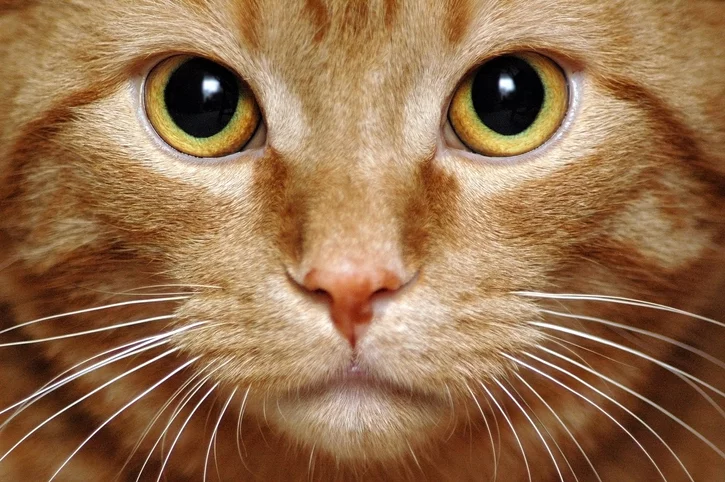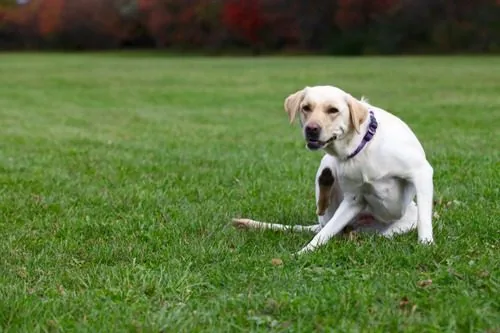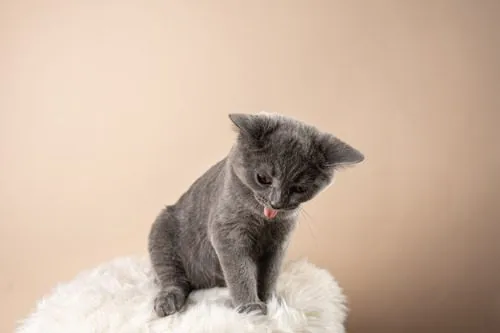Cat Whiskers: The Real Reasons Why Your Cat Has Them
Have you ever wondered why your cat has whiskers and what she uses them for? Cats’ whiskers are an important part of their biology, and they play multiple roles in a cat’s life. As a cat owner, it’s a good idea to brush up on the many uses of cat whiskers so you can better understand what they do for your feline friend.

Important Questions about Cat Whiskers and What They Do for Your Pet
Read through the article below to find out more information about cat whiskers, how they function, and what their purpose is. You can use this new knowledge to better understand your cat’s body.
Are Cat Whiskers Hair?
Yes, whiskers are a type of hair that grows thicker on a cat’s body than the rest of her hair. Even hairless cats with no other fur anywhere on their bodies have whiskers on their faces.
Some cats have whiskers on their legs, ears, chin, cheeks, and eyebrows. However, some cats may not have whiskers in all of these locations. Eyebrow and cheek whiskers are the most common that are found on almost every cat.
Can Whiskers Feel Anything?
Not exactly. They themselves don’t feel, but they pick up vibrations from the environment that help cats better understand what’s going on around them. For example, if a cat’s whiskers pick up a breeze, she will be more capable of processing that breeze and understanding it than she would be without it.
Whiskers also help a cat recognize when someone or something is approaching before they can see the intruder. This mechanism helps keep them safer and allows them to hide or protect themselves if necessary.
Do Whiskers Provide Balance for Cats?
Yes! Whiskers are useful for helping cats stay balanced. The sensory organs in the whiskers of a cat give the cat information about the location of her body and limbs at all times. Because of these organs, cats have excellent balance and can land on their feet when they fall most of the time.
It is thanks to your cat’s whiskers that she can walk across a shelf full of items without knocking anything over, and why she is such a graceful jumper as well. Your cat’s whiskers help her navigate through her life and keep her upright at the same time.
Can Cat Whiskers Help with Expressions?
Yes, a cat uses her whiskers to help express herself to other cats and to humans, too. House cats usually come from long lines of domesticated cats who have adapted over the generations to communicate in ways that make sense to humans. Expressive whiskers are just one of the ways cats let their human family members know they’re feeling happy or excited.
Cats also communicate with other cats by raising their whiskers when they’re happy, keeping them neutral when they’re resting, and holding them close to the face when they feel afraid or threatened by something. This body language gets a cat’s point across quite clearly.
Do Whiskers Help Protect a Cat in Any Way?
Yes, they can. The cat whiskers above cats’ eyes help them reduce the risk of injury to the eye. When these whiskers brush against something that could be harmful to the cat’s eye, the cat knows to move away or shake her head to stop the object from hurting her.
Cats also use their whiskers to recognize when they can move through small spaces and when they can’t. The sensory organs in a cat’s whiskers can tell them when they have enough room to squeeze into a small opening and when they should consider backing up and trying something else.
What Happens if a Cat Loses Her Whiskers?
If a cat loses one or two whiskers every now and then, this is perfectly normal and is part of the cat’s regular body processes. Whiskers fall out, just like other hair, and need to be regrown over time. However, if a cat is injured or sick and loses a lot of whiskers at once, this can be harmful to her in many ways.
Cats who lose a lot of their whiskers may have no balance and may be wobbly and unsteady when walking and jumping. They may be more prone to startling when they can’t recognize incoming intruders, and they may be at a greater risk of eye injuries as well.
Are Cat Whiskers Important?
Whiskers are an important part of any cat, and if something happens to damage your cat’s whiskers, she may not behave like herself until they grow back. If your cat’s whiskers are damaged, you may need to take her to the vet to help manage the symptoms associated with whisker loss in the meantime.
If you have any other questions about your cat’s health and wellness, talk to your vet for more information. Your vet can explain more about your cat’s whiskers and help you understand how to take care of them—and how to take care of your whole cat, too!
Cat whiskers are an important part of your cat’s body and offer a variety of benefits that your cat needs in order to function in every day life. If you notice that your cat is losing whiskers at a fast rate, schedule an appointment with our team at The Village Vets. We’ll be able to examine your cat and provide any necessary help she may need. We can also provide additional insights into the importance of cat whiskers and answer any questions you may have.
Recent Posts
About The Village Vets
The Village Vets is a network of animal hospitals based in Atlanta, GA and the surrounding area. We offer honest, excellent service to our clients in a comfortable, friendly atmosphere. To learn more about our locations and how we can better serve you and your pet, click the button below.
Share This Post
Recent Posts
About The Village Vets
The Village Vets is a network of animal hospitals based in Atlanta, GA and the surrounding area. We offer honest, excellent service to our clients in a comfortable, friendly atmosphere. To learn more about our locations and how we can better serve you and your pet, click the button below.



